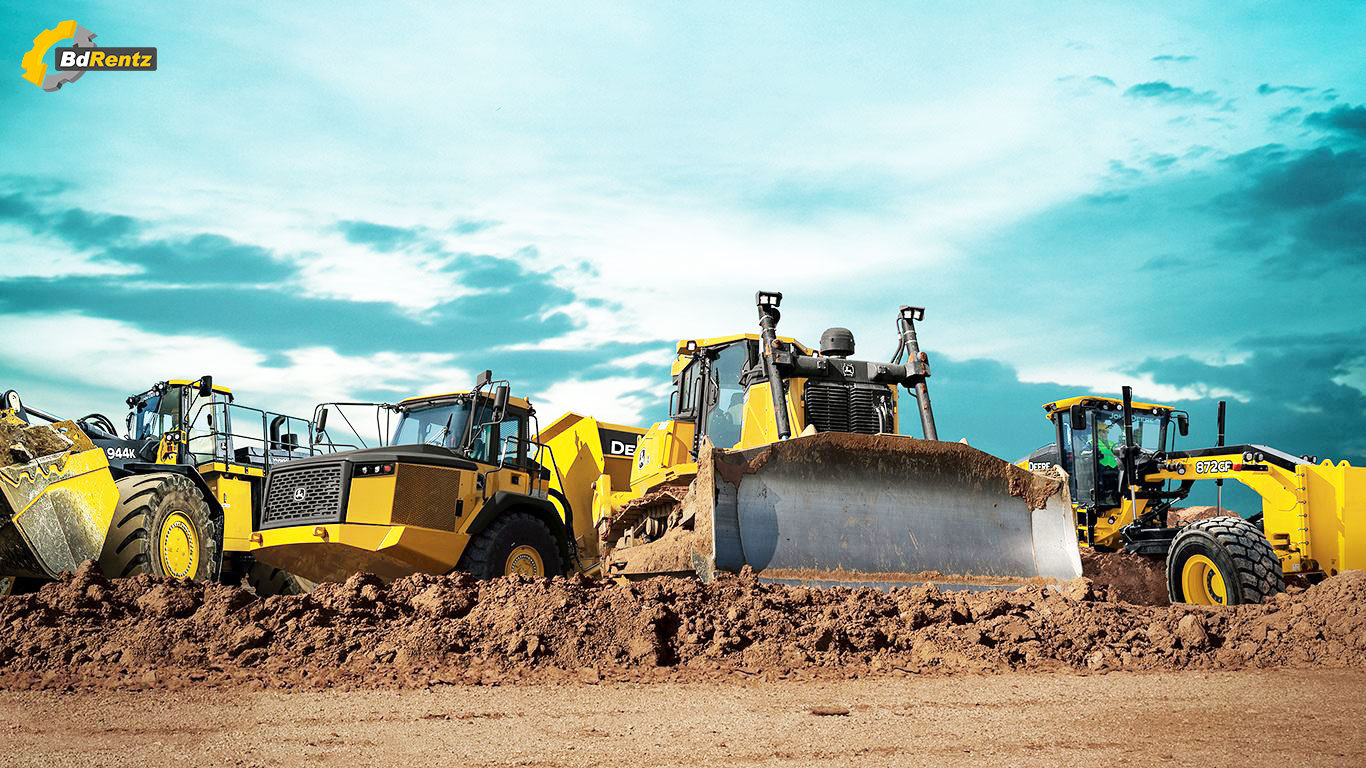Equipment Rental Company: Your Resource for All Types of Machinery
Equipment Rental Company: Your Resource for All Types of Machinery
Blog Article
Optimize Your Budget by Understanding the Expenses Connected With Building And Construction Equipment Leasings
Comprehending the full range of expenses connected with construction tools rentals is critical for optimizing your spending plan. What strategies can be used to efficiently take care of these prices and guarantee a more efficient rental experience?
Introduction of Rental Prices
When considering construction devices services, recognizing the connected expenses is critical for efficient budgeting and task planning. Rental expenses can differ considerably based on numerous aspects, including devices type, duration of rental, and place. The preliminary rental charge often mirrors the devices's market demand and its connected operational abilities, influencing the total expense.
In enhancement to the base rental rate, ancillary prices may develop, such as transportation fees, gas surcharges, and maintenance costs. It is essential to account for these added expenses to precisely examine the overall cost of leasing equipment. Additionally, the rental period can affect prices; longer rentals may qualify for affordable rates, while temporary leasings could incur higher everyday charges.

Break Down of Rental Rates
A comprehensive understanding of rental prices is vital for specialists and project supervisors aiming to enhance their budget plans. Rental prices for construction tools typically include several elements, consisting of base rates, time-based costs, and usage costs.
Base prices are the core charges linked with the leasing of the equipment, usually established by the kind and size of the equipment. These rates can vary substantially, affected by factors such as devices need, availability, and local market patterns. Time-based charges, which may be daily, weekly, or monthly, serve to accommodate different job timelines and rental durations.
Furthermore, rental prices might consist of usage charges, which apply when tools is made use of past a specified limit, making sure that the rental business can make up damage. Seasonal demand fluctuations can likewise influence rental rates, with peak construction seasons commonly commanding greater costs.
Moreover, comprehending the rental company's plans pertaining to upkeep and insurance coverage can give further insight into the total price framework. By examining these components, service providers can make educated decisions, making sure the choice of rental tools aligns with both job needs and budget restraints.
Added Fees to Consider
Comprehending the complexities of added costs is critical for contractors to manage their overall service expenditures properly. Past the typical rental prices, numerous supplementary costs can significantly impact the total cost of tools service. These costs commonly consist of distribution and pickup charges, which can differ based upon distance and logistics included in carrying the devices to and from the task website.
Moreover, some rental companies may enforce gas surcharges additional resources if the equipment is returned with less gas than when leased. It is likewise vital to know possible cleansing charges, especially for specialized tools that calls for detailed upkeep after use.

Thoroughly assessing the rental contract and clarifying these added charges upfront can assist professionals make certain and prevent unanticipated expenses that budgets continue to be intact throughout the task lifecycle.
Maintenance and Fixing Expenses
Regular repair and maintenance expenditures are commonly overlooked aspects that can significantly affect the total price of building tools rentals. When leasing tools, it is critical to think about not just the rental fees however additionally the potential costs related to keeping the equipment in optimum operating condition.
Numerous rental business consist of basic maintenance as component of the rental agreement; nevertheless, a lot more considerable repairs or unanticipated malfunctions can result in extra expenditures. It's important to examine the rental agreement very carefully to understand what maintenance services are covered and what obligations drop on the tenant.
In addition, tools that is not well-maintained can result in ineffectiveness on duty site, potentially triggering delays and enhancing project costs. To reduce these dangers, it is suggested to perform normal examinations and maintain open communication with the rental company regarding any kind of issues that occur throughout usage.
Insurance Coverage and Liability Costs
Insurance and responsibility prices are important elements that can considerably impact the total expenditure of building equipment services (aerial lift rental). These prices guarantee that both the rental firm and the client are secured from possible economic losses arising from accidents, damages, or burglary during the rental duration

Furthermore, customers should be mindful of any deductibles or exclusions in the insurance coverage, as these can impact potential out-of-pocket costs. Recognizing the terms of any kind of insurance protection is essential to prevent unanticipated costs. Eventually, budgeting for insurance policy and obligation expenditures can help guarantee a smoother rental experience and shield versus financial dangers connected with check it out building tasks.
Conclusion
In conclusion, a detailed understanding of the expenses connected with construction tools services is necessary for efficient budget administration. Ultimately, educated decision-making relating to devices rentals adds to the general success of building and construction undertakings.
Rental costs can vary significantly based on numerous aspects, consisting of devices type, period of leasing, and location (equipment rental company). The rental duration can impact rates; longer leasings may certify for reduced prices, while temporary services may incur greater daily fees
By conducting detailed research and involving with trustworthy rental business, contractors can successfully navigate the complexities of rental rates, eventually optimizing their financial resources.
Past the basic rental prices, different auxiliary costs can considerably affect the complete expense of devices leasing. Rental business usually provide liability insurance that covers injuries to 3rd celebrations or damages to residential property, while equipment damage insurance can cover the cost of repairs or substitute if the rented out equipment is harmed.
Report this page